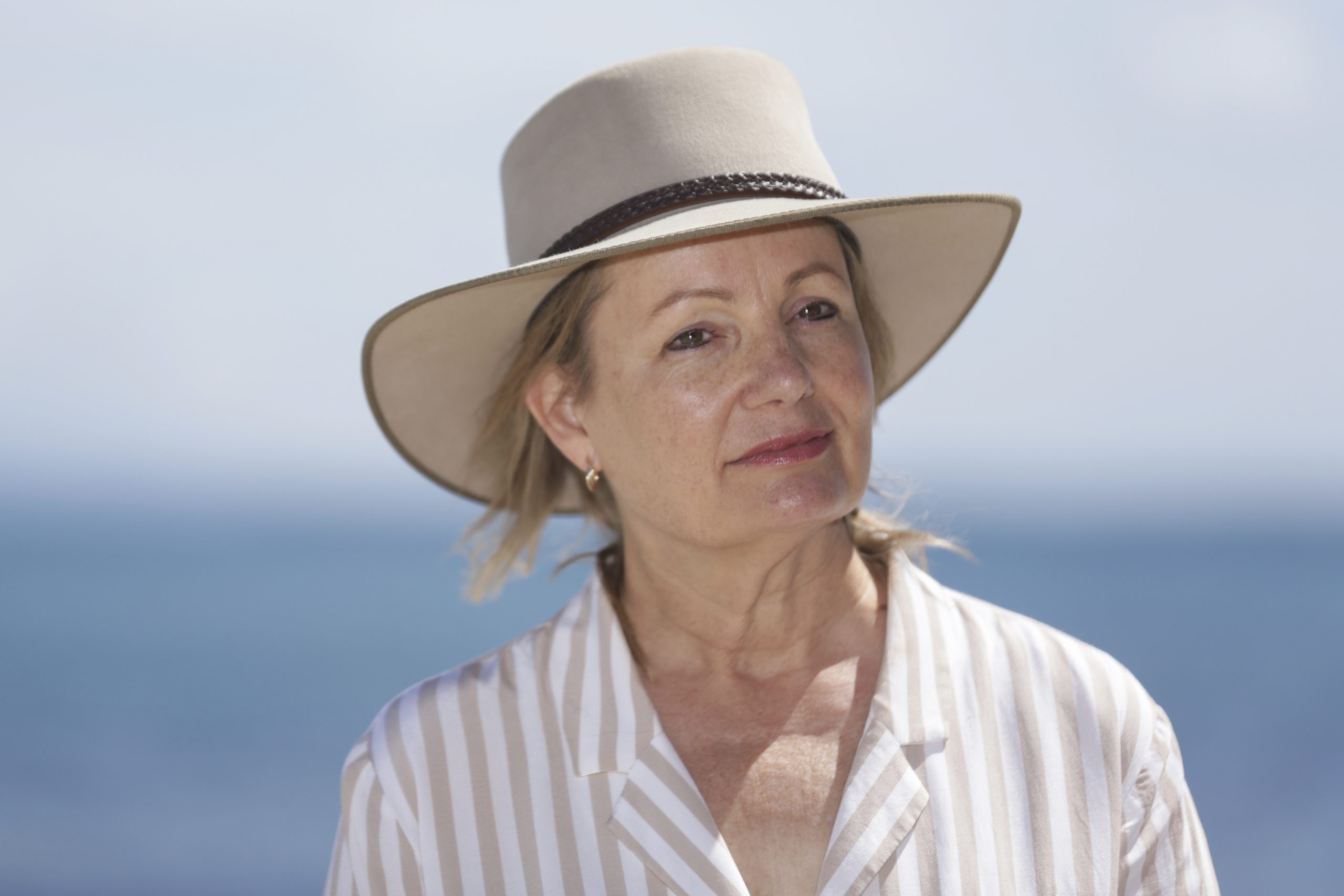Dr Ann O’Neill is clear about what we should call the man who killed her two young children.
Warning: Some people may find details this article distressing.
His name was Norman. He was their father and more than 30 years ago he killed Kyle, Latisha and then himself.
O’Neill won’t say exactly what happened in the early hours of August 22, 1994. But what we do know is this: Norman broke into the Perth home where his estranged wife and their two young children slept and shot them all. Kyle was six and his little sister Latisha was four. They were both killed. O’Neill was badly hurt.
There’s a surprising lack of bitterness when O’Neill speaks about the man she met when she was just 14. Norman was three years her senior and seemed “by all accounts to be the most caring and doting person”.
“Everybody told me how lucky I was because he bought me a friendship ring a month after going out,” she recalled on FW’s There’s No Place Like Home podcast.
“We got married when I was 17-and-a-half. I remember him saying, ‘If you don’t marry me now, I’ll never marry you’.”
O’Neill didn’t understand the urgency but since it was important to him, she agreed. After they wed, the ‘cycle of abuse’ became more obvious. Norman demanded his new wife fulfil more traditional gender roles and expected her to do all of the housework. He also began to isolate her from her family and friends.
“There was a lot of jealousy and what I would now call possessiveness,” said Dr O’Neill. “Taking me to see my friends and sitting with me and waiting for me to finish. It stopped people telling me things.”
The couple, who were experiencing money problems, moved in with O’Neill’s father After the birth of their second child, Norman’s abuse escalated. Disturbingly, this is not unusual. A 2022 report by Australian journalist and researcher Dr Anne Summers found that of the almost 70,000 women who had experienced domestic and family violence in 2016, just over 50 per cent were first abused after falling pregnant.
O’Neill was 22 when, after years of what she now recognises as emotional abuse and coercive control, she asked Norman to separate.
“Nobody gets married or goes into a relationship thinking, ‘Hey, I’m just gonna throw it away the minute it’s hard’. It’s really tough.”
Women who have escaped abuse like Dr O’Neill are often asked why they didn’t leave the relationship sooner. The flaw in that question – apart from how it blames a victim of abuse and not the person choosing to be violent – is that it incorrectly assumes ending a relationship is an effective way to end abuse. In fact, the opposite is often true.
“There is really well-established literature that suggests that separation is one of the most dangerous times for women,” said Professor Heather Douglas AM, an internationally-recognised expert on legal responses to domestic and family violence.
“Many of the times where we see homicides involving women and children are against the backdrop of a recent separation, or against the backdrop of women saying that they’re going to leave the relationship.”
When O’Neill found her own place, Norman’s harassment intensified. He’d leave pleading messages on her answering machine or come over under the guise of seeing the children, but then keep his focus entirely on his estranged wife.
“He’d just sit and talk to me and say, ‘I’m not leaving until you take me back, I love you’,” she said. “My fear came from how unpredictable he was. The flip-flopping between ‘I love you’ to ‘I hate you’, ‘you’re the best thing in the world’ to ‘you’re the worst thing in the world’. The unpredictability makes you feel really scared.”
As Norman drove up and down the road outside her home, O’Neill spent months barely sleeping, living in constant fear for herself and her children. After a year she took out what was then known as a restraining order, now known in most Australian states and territories as a Domestic Violence (DVO) or Intervention Order (IVO).
But then, all of a sudden, Norman seemed to let go. He presented her with divorce papers days before he murdered Kyle and Latisha.
“I thought, okay, well, that’s a good sign I suppose,” O’Neill said. “What came to light subsequently was that he had bought the gun after I signed the divorce papers. So he waited, essentially, until the divorce had gone through. I suspect he had envisaged that that would mean I wasn’t entitled to any of his estate.”
“That to me is the ultimate act of revenge on this woman for wanting to live separately from him,” said Dr Brian Sullivan, CEO of the Red Rose Foundation – a national not-for-profit addressing the damaging impact of domestic violence – and the founder of Sicura Domestic Violence Training and Support.
Sullivan has been facilitating men’s behaviour change programs for 24 years and has worked with thousands of men who use violence.
“Most fatalities, I think, are around that issue of, ‘you want to know who’s the boss, you want to know who wins here? I do, not you’.”
It’s been more than three decades since Norman killed Kyle and Latisha. Since then, O’Neill has done a PhD in trauma and used that training, as well as her own experience, to provide counselling and coaching to those who’ve suffered extreme trauma.
Her work is about “trying to help people understand rather than blame or be angry”. Her focus is on healing.
“It’s connection that heals trauma. That restores people’s faith in humanity and the benevolence of the world.”
If you or someone you know needs help contact 1800RESPECT. In an emergency, always call 000.
Hear Dr Ann O’Neill story in full on There’s No Place Like Home: After she leaves, “The ultimate act of revenge.” on Apple, Spotify or wherever you get your podcasts.
There’s No Place Like Home is made in collaboration with our proud partner, Commonwealth Bank, who are committed to helping end financial abuse through CommBank Next Chapter.

